





PHOTOGRAPHER: Siegfried Rubbert LRPS
IMAGE TITLE: Locked Secret
CAPTION: Reddish pastel paint is combined with the remains of black and even more white spray paint to create a small work of art that was certainly not intended.
The rusty latch secured by a security lock forms a hard contrast to this and the carousel of thoughts starts immediately.
What is hidden behind this carefully closed door? Is it valuable or is it commonplace?
Let your thoughts take flight, because I can’t answer that question for you.
ISO 400 – 64 mm – F 22 – 1/160 sec
Get featured as well
Would you like to be featured on the front page as well? Then please send us your favourite image, including the title of the photo, the place where you took it, and a short caption.
We would love to hear what motivated you to take this photo and what emotions it triggers in you. You can send us the photo as a JPEG, TIFF, or PSD file. Please make sure that the photo has a minimum resolution of 3000 x 3000 pixels and 300 dpi.
Of course, we must also adhere to the regulations for data protection and the rights of use according to copyright law. Therefore, we ask you to make a short statement in the email regarding the declaration of consent of the person(s) depicted and to allow us to use your photo.
Please use the following email address to send the photo: germany@rps.org
EDITORIAL OFFICE
Royal Photographic Society Germany Chapter Chris Renk ©2024 RPS Germany Chapter - all rights reserved
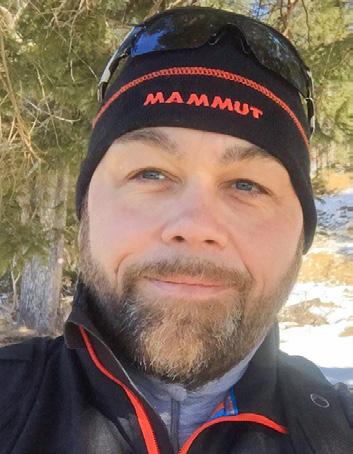
The second quarter has ended, and we find ourselves at the beginning of summer, a season many photographers love.
Nonetheless, we are delighted to present another edition of our eMagazine, featuring numerous captivating photo stories and images from our Chapter members captured in the second quarter of 2024.
Once again, we kick off with our long-standing member Siegfried, who brings the harbour of Norderney to life with his stunning photographs.
Additionally, we are thrilled to have Jonathan contributing to this issue, offering a breathtaking aerial photo story that showcases the beauty of Cumbria from above.
Rounding out this edition is an outstanding blackand-white photo series by our member Anthony, who captures the ancient craft of charcoal burning. His words and images vividly bring this oncedemanding and time-consuming trade to life.
Of course, we must also mention our Quarterly Photo Work section, where you can once again admire some awe-inspiring masterpieces in the
fields of aesthetic and landscape photography. Another notable highlight is the rising number of members in our community. After several years of decline, it’s heartening to see this upward trend, and we hope it will continue.
Our monthly Zoom meetings have been very popular, and we hope to encourage more of you to participate actively in Chapter activities. We will also update you on our first “Southern Region Meeting,” scheduled for 3rd August 2024 in Munich.
We are also developing an online lecture program that we plan to launch at the beginning of the fourth quarter. You will receive timely information about it.
This concludes the foreword. We hope you enjoy this edition of the eMagazine. We would greatly appreciate your feedback and welcome any contributions or photographs you’d like to share under our motto: “To be published matters!”
I wish you all a wonderful summer, with always the best light and most exciting subjects for your lens!
For the Chapter Committee,
Chris Renk Chapter Chairman & Organiser
53°41,906’N 007°09,948’E NORDERNEY HARBOUR
Join our Member Siegfried Rubbert on an evocative journey through Norderney Harbour.

36
Join us on a journey through the lens of Jonathan CK Webb, a pioneer of aerial photography

62
PHOTO WORK 2ND QUARTER 2024
In focus contemporary art, minimalism and landscape photography.
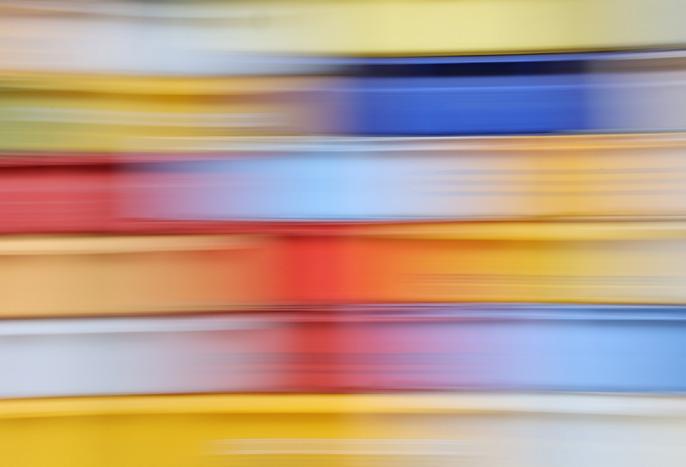
Learn more about the current composition of the Germany Chapter and its members’ locations in Germany.

76
CHARCOAL MAKING IN DAYS GONE BY
In his latest photo story, Photographer Anthony E Cutler brings the ancient charcoal-making craft to life.

92
DATES & EVENTS
JULY 2024 - SEPTEMBER 2024
Online Meeting, Release dates eMagazine, Webinars and Online Training of the Chapter.
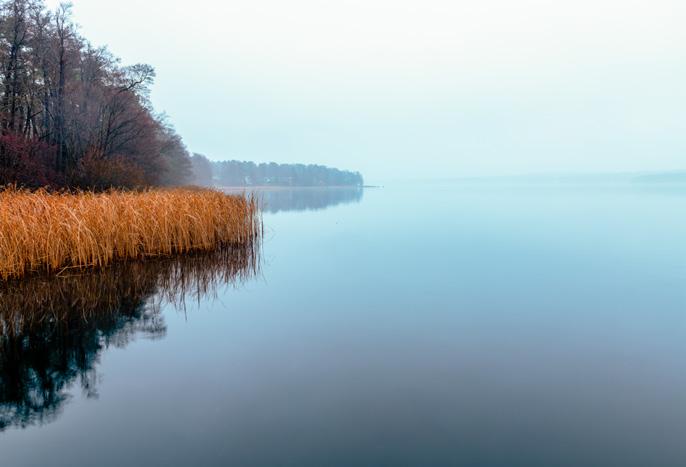


53°41,906’N 007°09,948’E
Join our Member Siegfried Rubbert on an evocative journey through Norderney Harbour. Departing from the island’s traditional scenic motifs, Siegfried delves into its bustling maritime hub, exploring it through descriptive documentary, minimal photography, and ICM photography.
His lens reveals this industrial landscape’s hidden charm and ever-changing beauty, capturing untold stories and unexpected aesthetics. Discover the extraordinary in the ordinary, the interplay of chaos and order, and the surreal beauty that defines Norderney Harbour.
Through Siegfried’s passionate and intimate exploration, experience the harbour as a place of constant transformation and boundless inspiration.
As our regular readers know, we frequently journey to the East Frisian Island of Norderney, a place brimming with photographic opportunities beyond its picturesque sea, sandy beaches, and charming landscapes. This island, rich in architectural marvels, never ceases to inspire.
However, on this occasion, I decided to deviate from these familiar themes and explore a less-trodden path – the harbour area of Norderney. This veritable photographic Eldorado locale captivated my lens and spirit in unprecedented ways. Join me as I unveil the harbour through three distinct photographic lenses:
1. Descriptive Documentary: Unveiling the Hidden Wonders
2. Minimal Photography: The Art of Simplicity
3. ICM Photography: Embracing the Unconventional

Siegfried Rubbert LRPS
The harbour of Norderney is a dynamic, ever-changing space that houses around 200 boats. It serves as a berth for the ferry service and the state-maintained fleet, while also welcoming guest yachts. The Norderney yacht and sailing club is seamlessly integrated into the harbour, offering 230 additional berths with a water depth of up to 2 meters.
On my exploratory forays through this expansive harbour, I discovered a myriad of commercial and craft businesses, each offering unique photographic insights into their warehouses and backyards. The harbour, with its eclectic mix of the orderly and the chaotic, presents an endless array of subjects to capture.
For me, the port of Norderney is a place of perpetual transformation. Every visit unveils new surprises, making it an inexhaustible source of thematic inspiration. The harbour's vibrant essence feeds into various photographic genres such as:
• Still-life and Minimal Photography: The juxtaposition of simple, everyday objects creates a powerful narrative.
• Bold Colours and Colour Gradients: The interplay of vivid hues against the industrial backdrop is nothing short of spectacular.
• Industrial Plants and Architecture: The raw beauty of industrial structures offers a unique aesthetic appeal.
Within the harbour, one can find:
• The Untidy and the Orderly: Cluttered piles coexist with meticulously arranged structures.
• Artful and Strange: Artistic installations mingle with bizarre and curious elements.
• Monochrome and Colourful: The stark contrast between black-and-white scenes and vibrant colours.
• Chaotic and Carefully Stacked: A beautiful blend of disarray and precision.
The visual feast includes corrugated iron and steel, buoys and cable drums, shipwrecks and caravans. You'll encounter cement mixers next to bathtubs, building reinforcements alongside steel grids, barrels juxtaposed with car tyres, and pipes nestled beside wheelbarrows.
The eclectic mix extends to stones and form-work supports, disused road signs paired with wooden pallets, construction site vehicles, haulage trucks, bulk containers, water tanks, garbage cans, food barrels, construction trailers, wooden huts, barrier grids, boat trailers, a disused bus stop, and shipping containers. This vibrant medley epitomises the beauty found in chaos.
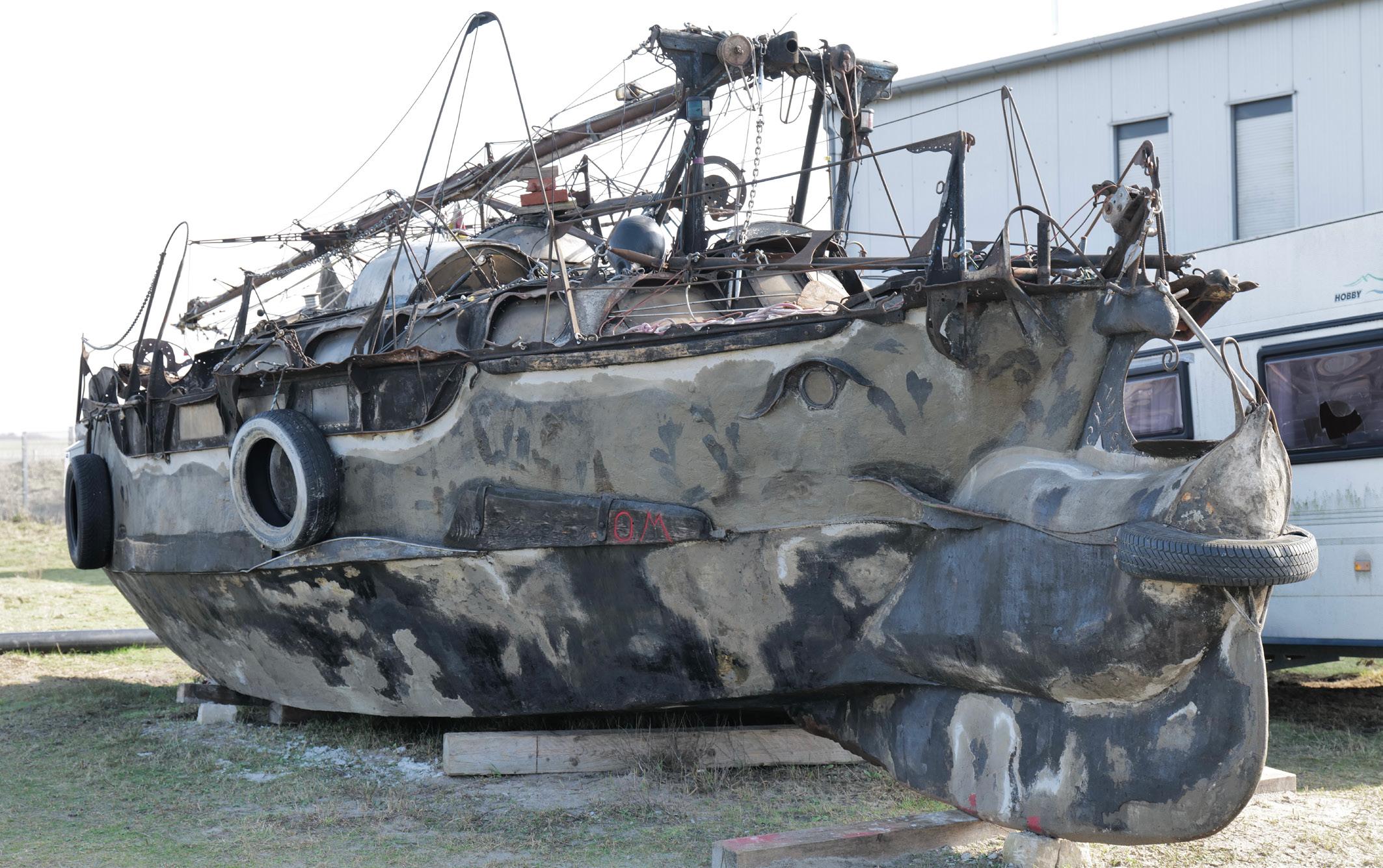
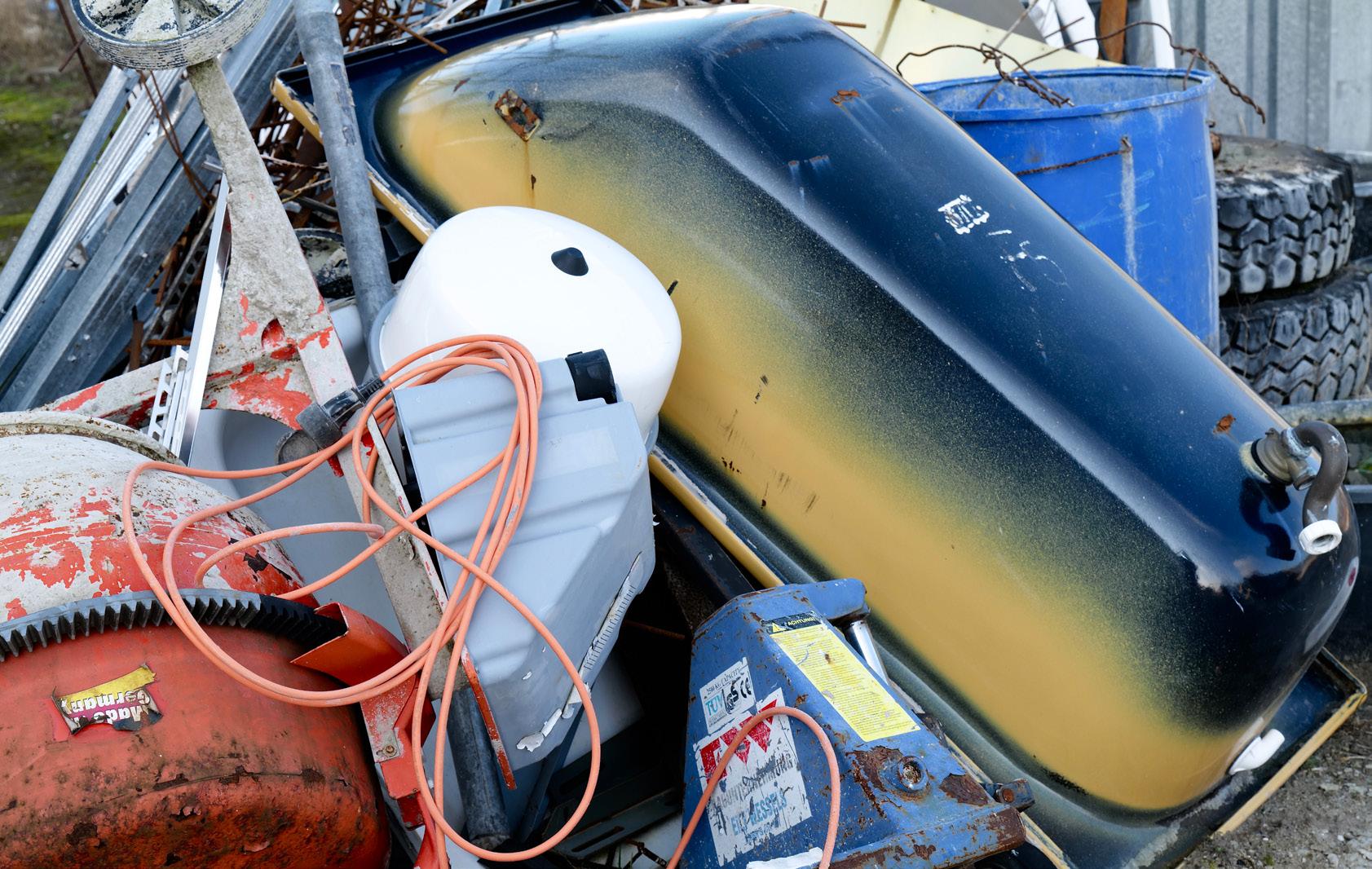




Siegfried Rubbert

No Parking - Resting Allowed Sept. 2021
© Siegfried Rubbert

Siegfried Rubbert LRPS
Norderney Harbour



Hotchpotch March 2022, Sept.2021, Nov. 2021 (from top to bottom) © Siegfried Rubbert




The harbour's minimalistic charm offers a wide photographic field that challenges the eye to see beyond the obvious. Stripped-down compositions reveal the essence of objects, highlighting their form and texture. This approach allows for a deeper appreciation of the subtle details that often go unnoticed.
Elements of Minimalism Minimal photography at the harbour is characterised by:
• Simplicity: Focusing on single elements within a vast space to create striking images.
• Negative Space: Utilising the empty spaces around the subject to enhance its prominence.
• Geometry: Capturing the inherent shapes and patterns in industrial structures and everyday items.


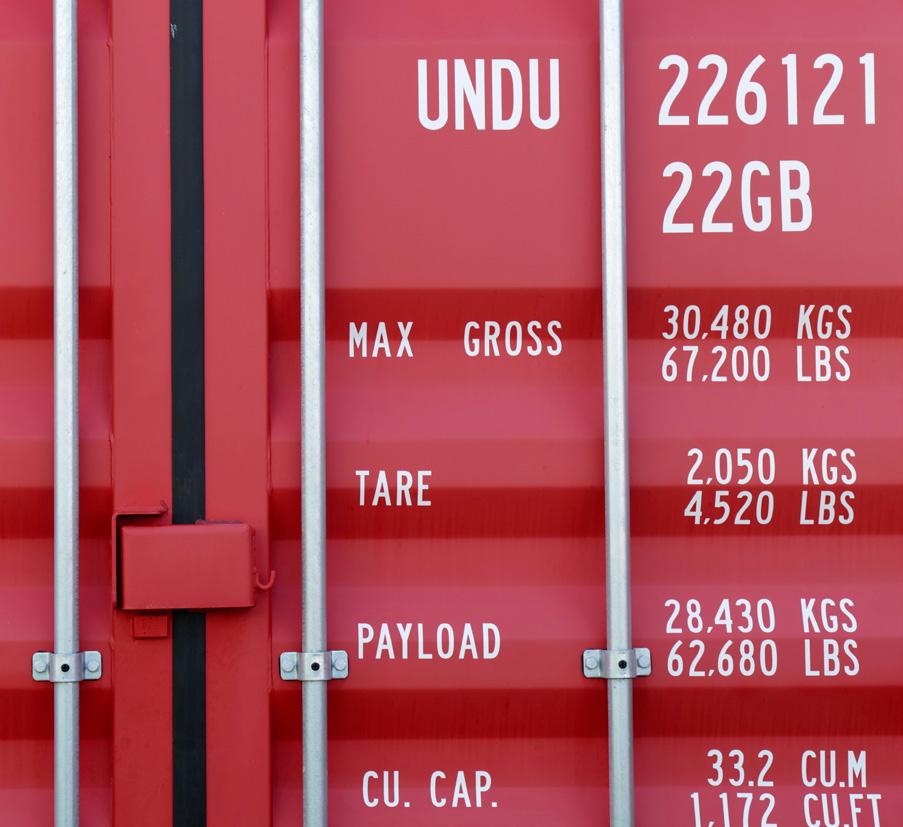




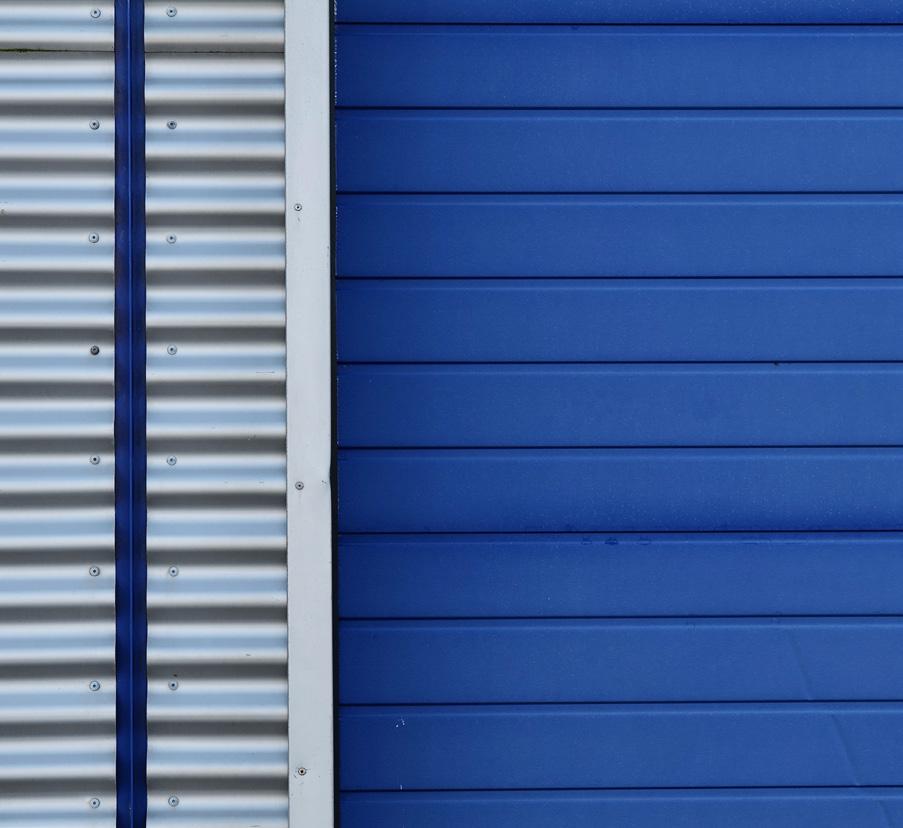












“Minimal photography at harbours distils the scene to its purest elements, focusing on the simplicity of lines, shapes, and light. It captures the essence of maritime life through uncluttered compositions, where a single boat, a quiet dock, or the gentle ripples of water convey profound beauty and tranquillity.”
Sept. 2021
Siegfried Rubbert LRPS

Last but not least, my explorations inevitably lead me to indulge in ICM (Intentional Camera Movement) Photography. This technique transforms the harbour into an otherworldly realm, generating graphic patterns, geometric abstractions, and colourful structures. The mystical moods evoked by ICM photography imbue the harbour with an ethereal quality, making it a playground for creative expression.
• Graphic Patterns: Lines and shapes take on a surreal quality under the.
• Geometric Abstractions: Everyday objects morph into abstract art.
• Colourful Structures: Movement blurs reveal hidden colours, adding a new dimension to the scene.
• Mystical Moods: The altered light spectrum creates dreamlike atmospheres.









Siegfried Rubbert LRPS Norderney

Boundary Lines & Stack off Buoys - Sept. 2021 - © Siegfried Rubbert


Otto Schülke Visits Norderney Sept. 2021 © Siegfried Rubbert

Norderney Harbour is more than just a maritime hub; it's a treasure trove for photographers. Its everchanging landscape, rich industrial textures, and the interplay of chaos and order provide endless opportunities for creative exploration.
The harbour continues to inspire and captivate whether through the detailed narrative of a descriptive documentary, the simplicity of minimal photography, or the surreal realms of ICM photography. Every visit unveils new facets, ensuring that the port of Norderney remains a beloved muse in my photographic journey.

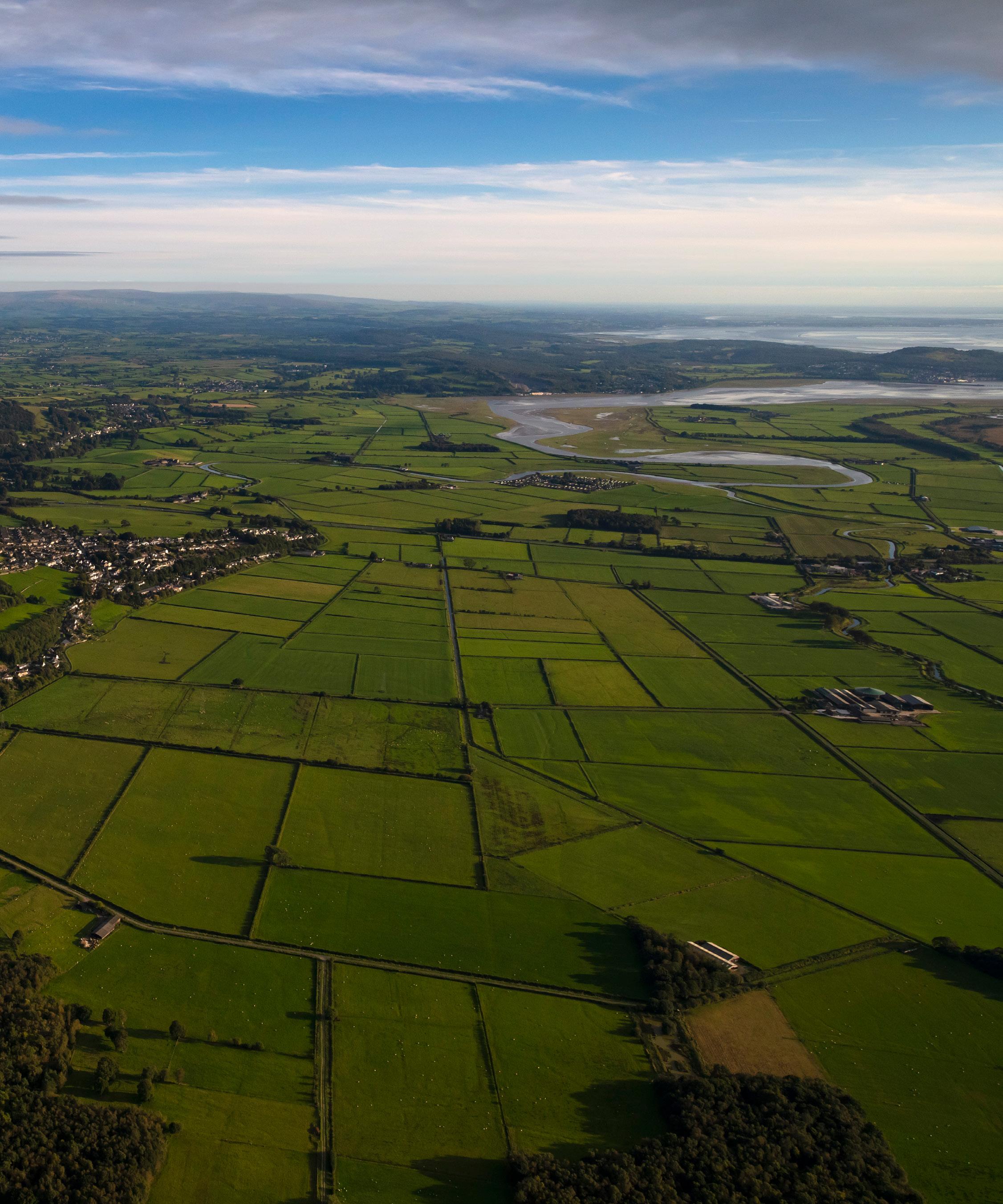

In the heart of Cumbria, where the ancient meets the timeless, lies a landscape of unparalleled beauty waiting to be unveiled from a unique perspective. Join us on a journey through the lens of Jonathan CK Webb, a pioneer of aerial photography whose work captures the soul-stirring essence of this enchanting region.
Rydal Beck, with Windermere, Coniston Water, and Ennerdale Water,
Cumbria, with its sweeping landscapes, dramatic mountains, and serene lakes, is a treasure trove of natural beauty in northern England. For centuries, artists have tried to capture its essence through painting, poetry, and traditional photography. However, truly capturing this region’s soul in a way that transcends the ordinary requires a unique perspective. This is where aerial photography steps in, providing a breathtaking new view of this stunning landscape.
I am Jonathan CK Webb, and I have dedicated my life to this unique form of photography. Since 1991, I have been at the forefront of aerial photography in Europe, one of the few in Germany to work exclusively as a full-time aerial photographer.
Known for my unusual perspectives, I have published a dozen books on the subject and run one of the world’s most popular aerial photography websites, attracting over eleven million visitors.
My journey has taken me across the globe, but Cumbria holds a special place in my heart. Here, I invite you to join me as I share the stories behind my images and my profound connection with this extraordinary landscape.
My journey into the skies began over three decades ago. Fascinated by the world from above, I dedicated my life to capturing the earth’s landscapes from a perspective few ever get to see. My passion for flying and photography merged seamlessly, creating a unique blend of art and science. Over the years, my work has taken me across Europe, but Cumbria holds a special place in my heart.
There’s something magical about Cumbria. It’s where nature’s raw beauty and the human spirit coexist in perfect harmony. Each flight over this region reveals new facets of its charm, and I am constantly amazed by the diversity and splendour of its landscapes.
One of the most striking aspects of Cumbria, as captured in my work, is the Lakeland fells. These rugged mountains are a sight to behold with their undulating forms and craggy peaks. The fells are imposing from the ground, but from the sky, they transform into a breathtaking panorama.
My aerial shots reveal the true scale of these natural formations, where centuries of geological activity and weathering sculpt each peak and valley. As seen from above, the play of light and shadow across the mountains creates a dynamic and almost surreal landscape that invites endless admiration.
Cumbria’s lakes, famed for their mirror-like surfaces and serene settings, have an ethereal quality when viewed from above. Windermere, Coniston Water, and Ennerdale Water, among others, reflect the sky and surrounding fells, creating an illusion of vastness and depth.
Aerial shots capture the winding paths of rivers and streams that weave through the countryside, their waters shimmering under the sunlight. These waterways, often hidden from view on the ground, become vital arteries of life in the landscape, tracing a delicate pattern through the lush greenery.
The air reveals the majesty and history embedded in Cumbria’s landmarks. The Druid’s Circle on Birkrigg Common, with its ancient stones forming a mystic ring, looks almost otherworldly from above, a relic of long past times.
The Druid’s Circle on Birkrigg Common

Meanwhile, Piel Castle in Barrow-in-Furness stands resilient against the encroaching sea, its weathered stones telling tales of medieval defences and maritime adventures.
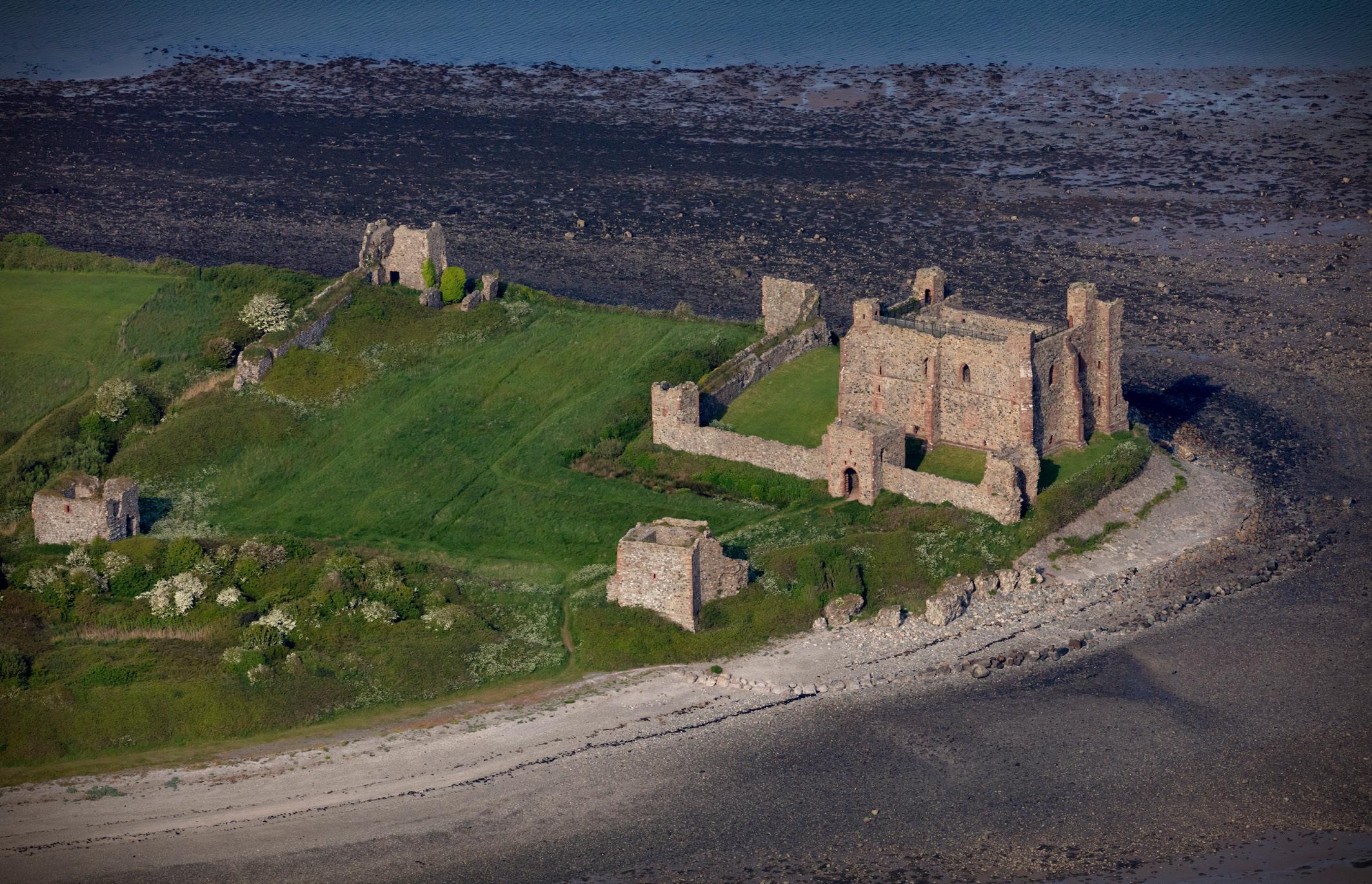
River Leven, tracing its path through the Lake District


I remember flying over the River Leven, tracing its path through the Lake District. The water's shimmering ribbon seemed to tie the landscape together, leading me to the picturesque Newby Bridge.
The bridge, a vital link for centuries, appeared as a quaint arch over the river’s steady flow, embodying the blend of natural beauty and human ingenuity.
Hardknott Pass, with its twisting roads winding through the rugged fells, offers a challenging yet rewarding view from above. Nestled here is Hardknott Roman Fort, a testament to the region's ancient history.
The remnants of this onceformidable outpost are etched into the landscape, echoing the lives of Roman soldiers stationed on the edge of an empire.

Hardknott Pass, with its twisting roads winding through the rugged fells


Sizergh Castle, with its stately presence, looks regal from the air. The surrounding gardens and woodlands create a lush, green carpet that enhances the castle’s grandeur.

Nearby, Wray Castle stands tall against the backdrop of the Lake District, its turrets and towers giving it a fairytale-like quality, especially when viewed from above.
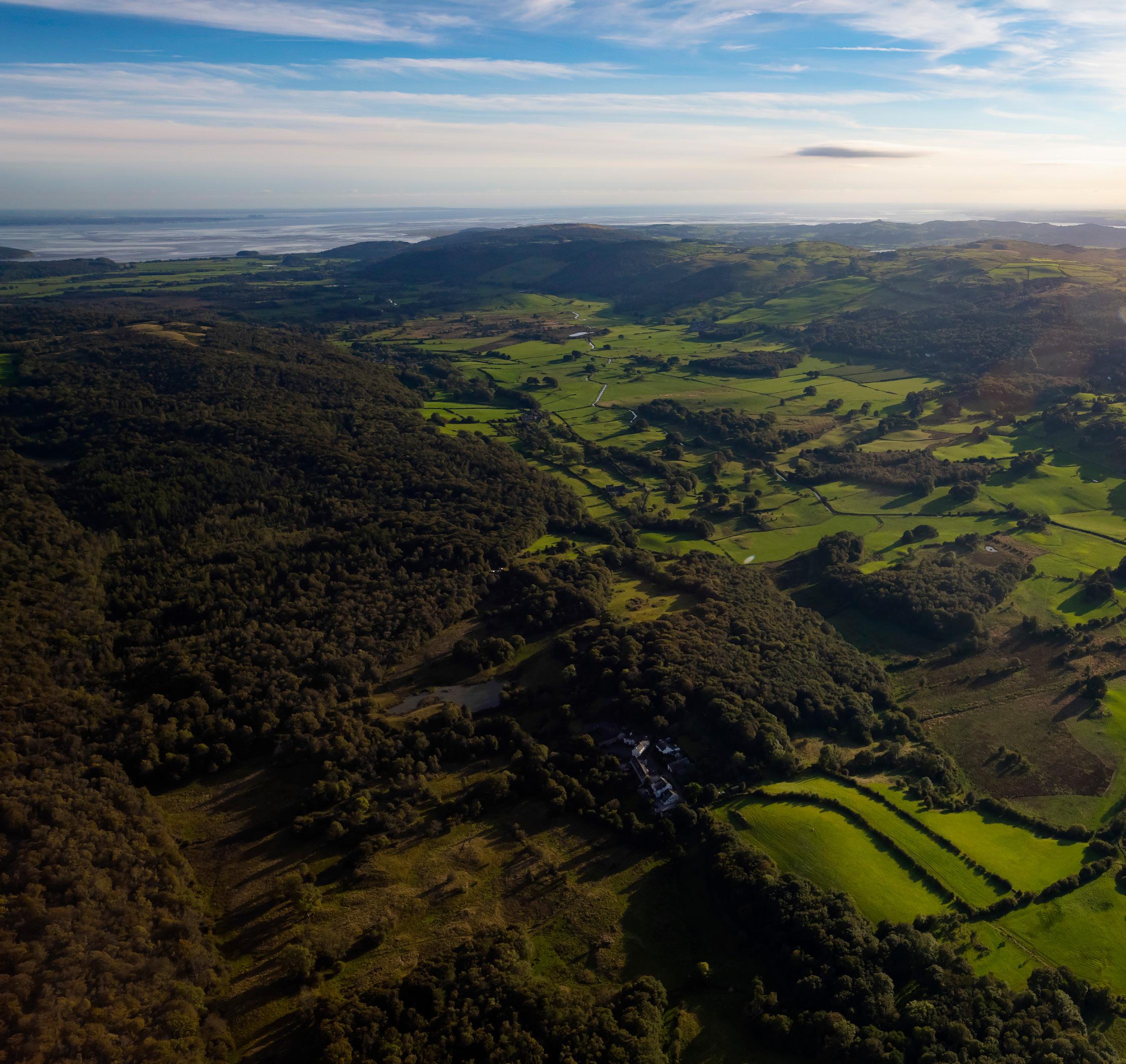

The River Winster, meandering through the valley between Whitbarrow and Cartmel Fell, with Morecambe Bay glistening in the background, presents a serene and captivating scene.
This landscape, shaped by the gentle curves of the river and the rugged outlines of the fells, is a testament to the harmony between water and land.
Furness Abbey, once a powerful Cistercian monastery, is a hauntingly beautiful sight from above. The ruins, surrounded by greenery, speak of a time when monks walked these grounds in contemplation and prayer. The view from the air reveals the abbey’s full layout, its stonework standing resilient against the passage of time.
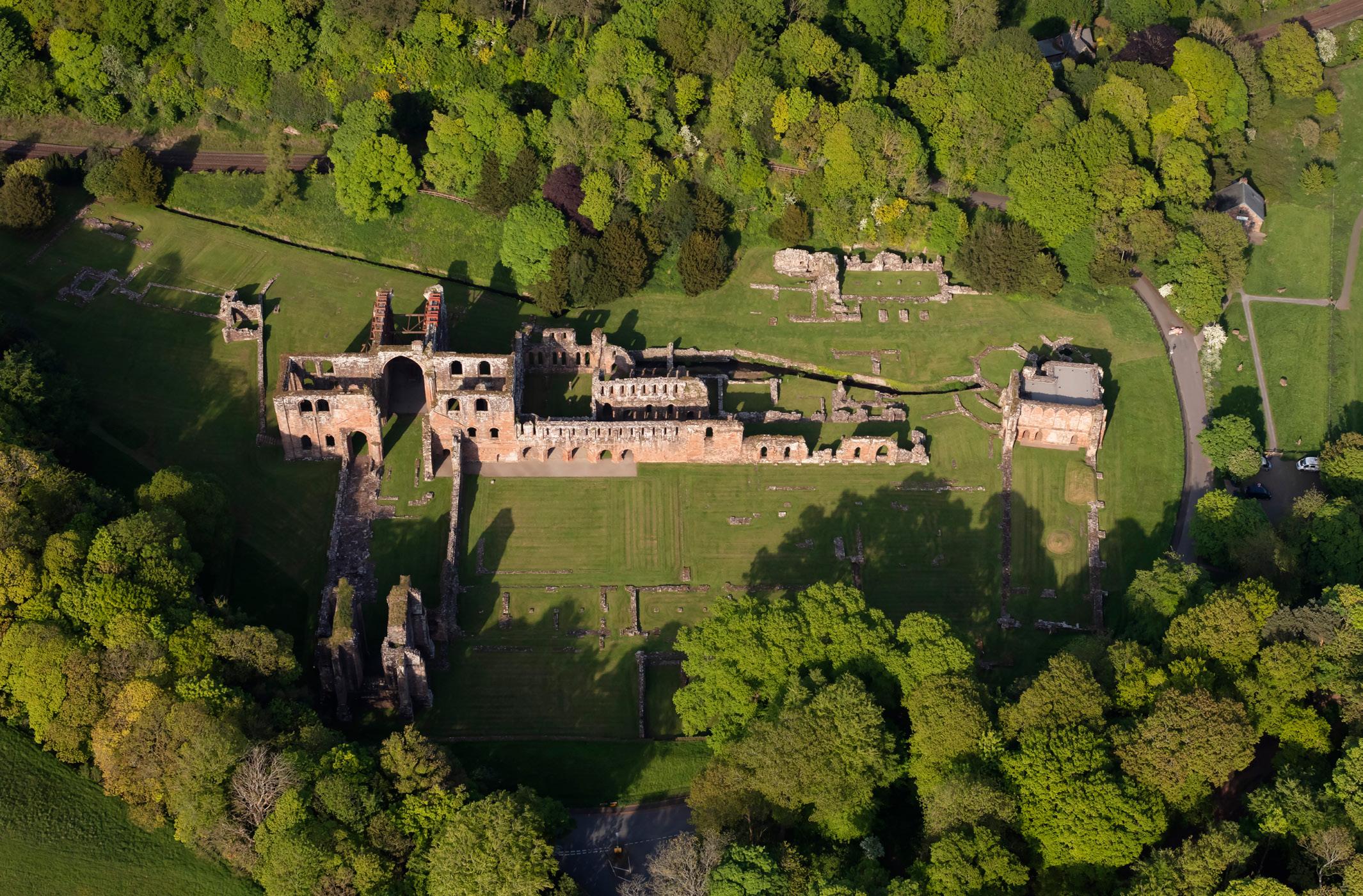
Skelmore Heads, an ancient hillfort near Great Urswick, offers a glimpse into prehistoric times. From above, the fort’s defensive structures and strategic location become evident, showcasing the ingenuity of its builders.
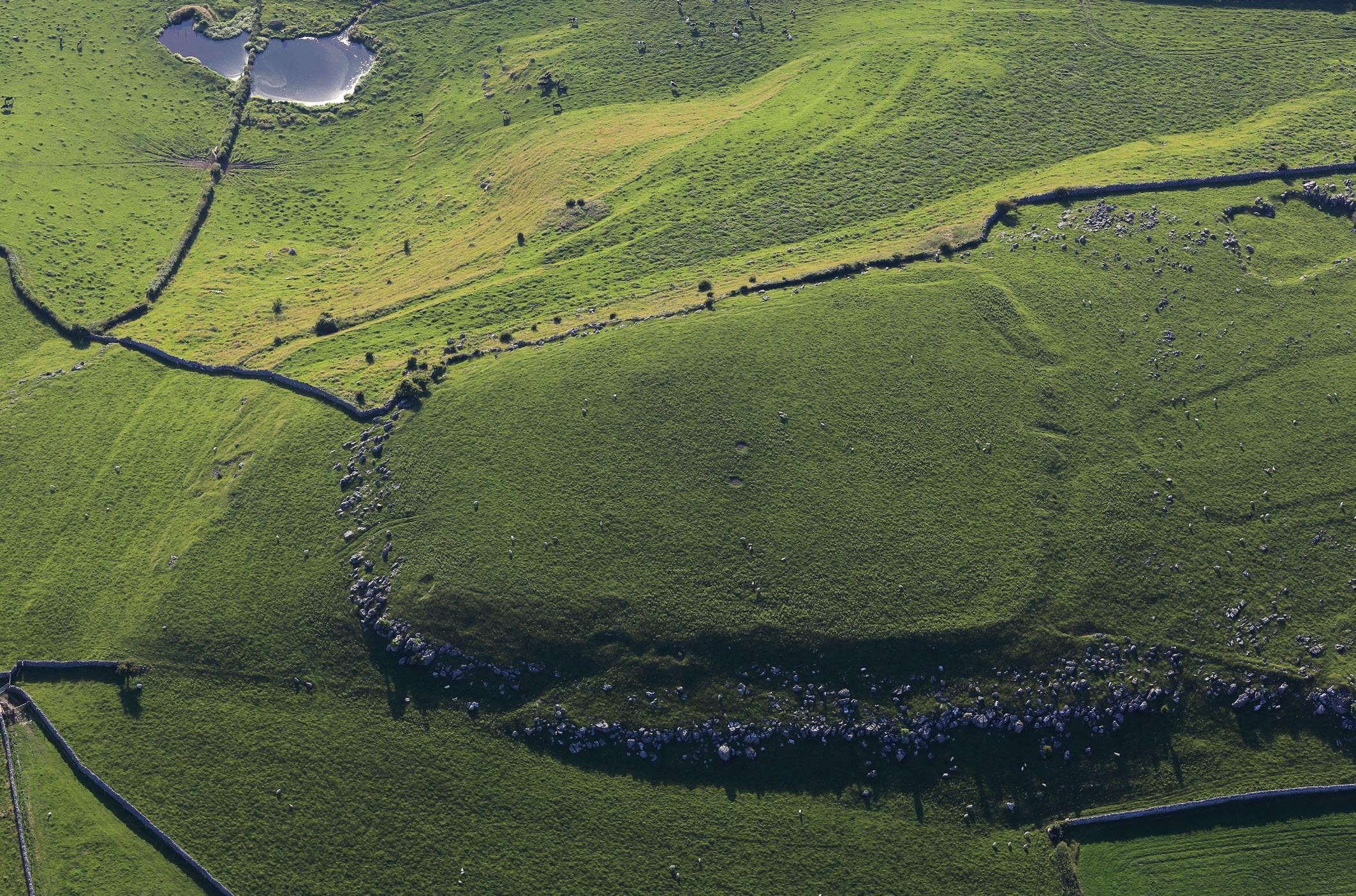
Similarly, Milecastle 48 on Hadrian’s Wall is a sentinel of history, a small yet significant part of the vast Roman frontier that once marked the northern limits of the empire.




Cartmel Priory, with its Gothic architecture, stands majestically in the village of Cartmel. From the air, the monastery’s intricate details and the surrounding village create a historical and architectural splendour scene. The priory, nestled in its idyllic setting, is a beacon of spiritual and cultural heritage.
Aerial photography brilliantly captures the changing seasons in Cumbria. In spring, the countryside is awash with a vibrant palette of greens and the delicate colours of blooming wild-flowers.
Summer brings lush, full canopies of trees and the glinting waters of lakes and rivers under long, golden days.
Autumn transforms the landscape into a tapestry of reds, oranges, and yellows, with misty mornings adding a touch of mystique.
Winter, with its frost-kissed fields and snow-draped fells, presents a stark, monochromatic beauty that is both serene and awe-inspiring.
Each season, seen from above, tells its own story and showcases the cyclical nature of life in this enchanting region.
My seasonal series captures this beautifully. My spring images are filled with the freshness of new growth, the fields and woods bursting with life. Summer shots are vibrant and full of energy, the landscapes bathed in warm sunlight.
Autumn’s palette is rich and warm, with mist rising from the valleys and the fells covered in a blanket of colour. Winter’s stark beauty is captured in images of snowcovered peaks and frozen lakes, the landscape transformed into a monochrome wonderland.

Aerial photography in Cumbria is more than just a technological advancement; it is a way of embracing the future while honouring the past. Flying in small aircraft, I can capture high-resolution images from vantage points previously unattainable, offering a chance to explore new creative horizons.
This form of photography allows for a deeper connection with the landscape, providing perspectives that inspire awe and introspection.

The freedom small aeroplanes provide allows me to capture images that would have been impossible with traditional methods. Flying has allowed me to create an archive of over 8,000 photographs of the Lake District. Flying gives me the ability to get closer to the landscape and explore angles and perspectives that were previously out of reach.
One of my most striking images was taken from overhead Cartmel Fell. It shows the area around Sow How Tarn at sunset, with the rays of the setting sun creating a sense of otherworldly beauty.

For me, aerial photography is not just about capturing beautiful images; it’s about a deep, personal connection with the landscape. There’s a sense of freedom I feel when I’m in the air, the joy of discovering new perspectives, and the satisfaction of capturing.
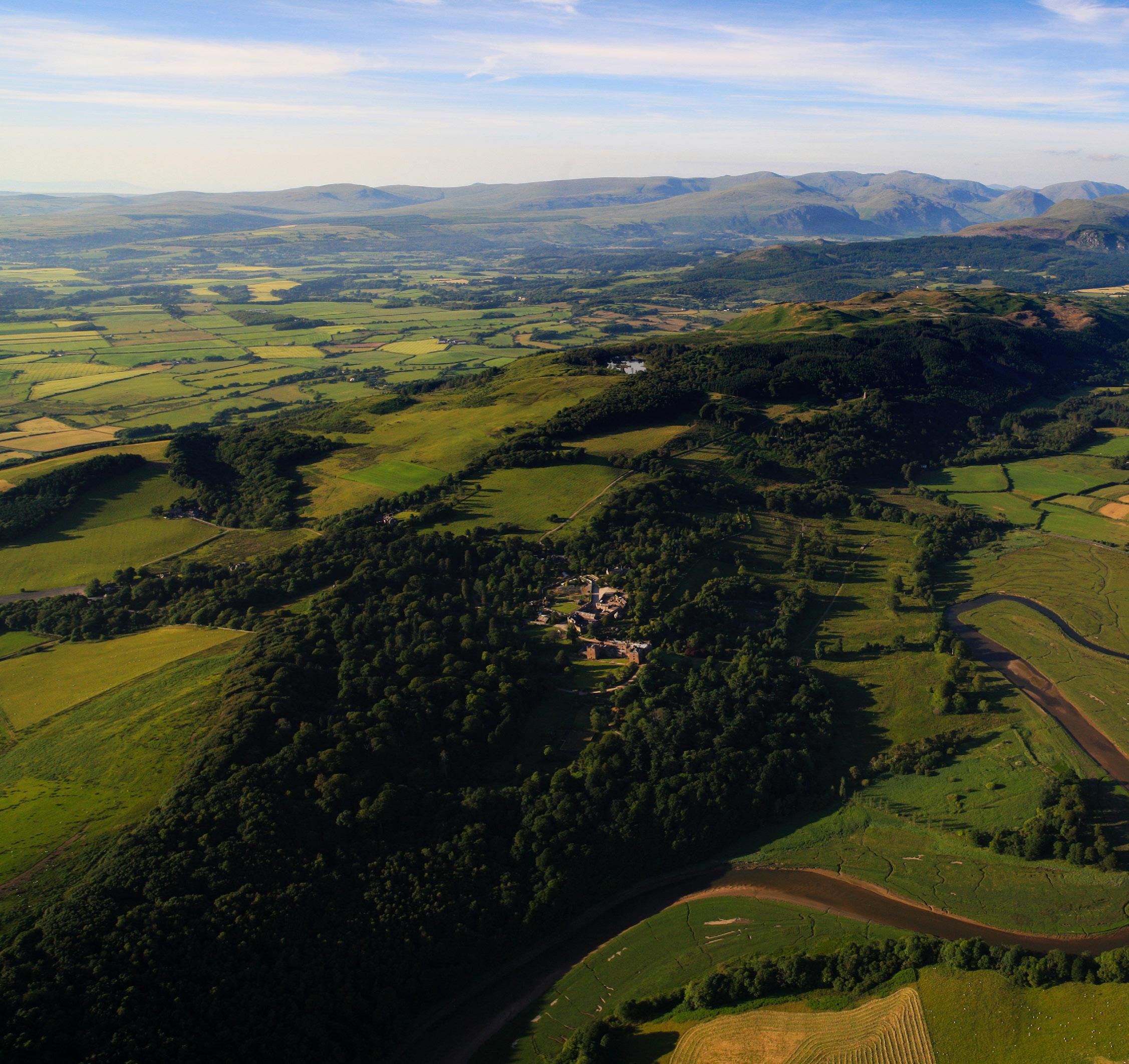

Another shot shows the River Esk winding through the countryside, its meandering path through the green valley fields .
www.webbaviation.de
Every quarter, Members are asked to send in their best photos of the current quarter to provide stimulation for the others.
In the second quarter, our members showed a particular interest in capturing images with lots of creativity, captured on their journeys through Germany and throughout Europe.
While Eberhard and I focused on the beautiful landscapes of Italy, Martin and Siegfried dived into the world of forms and colours and captured abstract details within Germany.
My photo features the breathtaking scene of the Sellagruppe Corvara during a rainy day hike out in the Italian Dolomites with dark, heavy clouds. Nature’s raw beauty at its best!
Siegfried’s photograph showcases an abstract composition in black, white, and grey shades. Soft focus and overlapping shapes create a layered and somewhat mysterious visual effect.
Martins’ image features a dynamic blur of vibrant colours, conveying a sense of motion and abstract expression. The blurred horizontal lines of various colours suggest movement, possibly representing urban scenes or modern life.
At last, Eberhard’s image captures a minimalist seascape with a lifeguard chair, evoking a serene and contemplative mood. The predominant use of blue tones, with the chair partially submerged, highlights the stillness and vastness of the ocean.
“The whole point of taking pictures is so that you don’t have to explain things with words.”
-
Elliott Erwitt




CHRIS


Icaptured this breathtaking scene of the Sellagruppe Corvara during a rainy day hike. The winding path through the lush meadows leads to the majestic, mist-shrouded peaks of the Dolomites. The dark, heavy clouds add a dramatic touch to this awe-inspiring landscape. Nature’s raw beauty at its best!
Image title: Stormy Mountain Path
Image subject:
Landscape Photography
Country: Italy
Our last visit to Berlin included a tour of the Neue Nationalgalerie in Berlin. The main focus was on the architecture of the iconic building by Ludwig Mies van der Rohe, who died shortly after the Neue Nationalgalerie opened
Thanks to its minimalist architecture, the building is therefore regarded as the architect’s legacy. In this building, Mies van der Rohe’s motto—less is more—becomes clear.
This brings me full circle to my photograph, as the museum’s basement houses the ticket office, the museum store, and access to the exhibitions. In this large common area, one of the current exhibitions (Zerreissprobe) is advertised in large black, graphic letters.
Naturally, these dark, oversized letters inspired me to depict and capture the essence of this exhibition announcement in the spirit of - less is more - using the means of ICM photography in a graphically aesthetic style.
Image title: Neue Nationalgalerie
Image subject: Abstract Photography Country: Germany



During a walk in Harbour of Sassnitz on Rügen, I discovered a wall of colourful boxes in front of a warehouse. The crates were waiting to pick up the fan of fishermen in order to be able to transport it well.
The bright colours encouraged me to paint with my camera.
Image title: Colourful
Image subject: Contemporary Photography Country: Germany
After a several-hour flight from Bergerac (France) to Albenga (Italy), I deeply cherished the evening tranquility on the beach at Alassio.
The image of the calm Mediterranean at twilight has etched itself deeply in my memory, lingering with me for days afterward.
Image title: On the beach at Alassio
Image subject:
Minimalistic Photography
Country: Italy

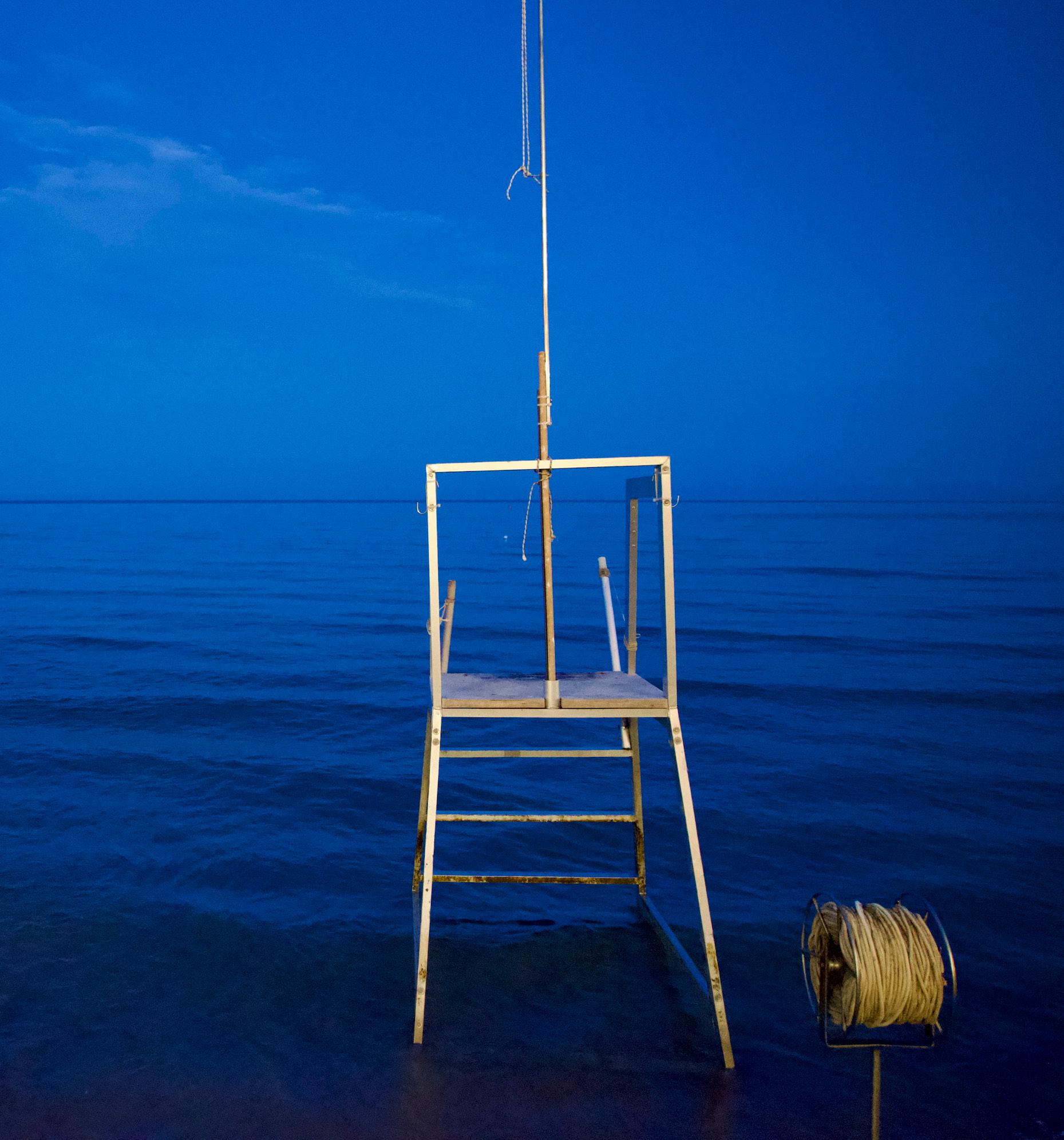
Are you a member of the Germany Chapter and would like to submit pictures for the quarterly project “Members Photo Work” as well?
Here is a list of the deadlines for each quarter:
3RD QUARTER 2024: 30.09.2024
4TH QUARTER 2024: 31.12.2024
1ST QUARTER 2025: 30.03.2025
2ND QUARTER 2025: 30.06.2025
Please send us the photos with a minimum resolution of 3000 x 3000 pixels and 300dpi.
For the naming of the photos please use following naming convention:
FIRST3LETTERSOFYOURSURENAME_Q-NUMBEROFQUARTER-YEAR_IMAGETITLE.JPG
Each participant is responsible for compliance with the Data Protection Ordinance and the Copyright Act.
Participants please send the photos to the following email: germany@rps.org

Learn more about the current composition of the Germany Chapter, its members’ locations in the federal states, its Distinction Holders, and the Special Interest Groups in which the members participate.

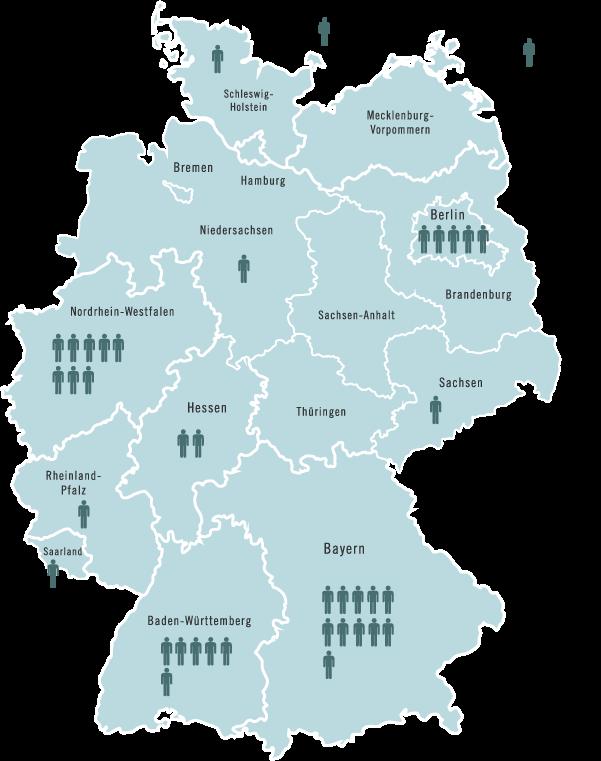


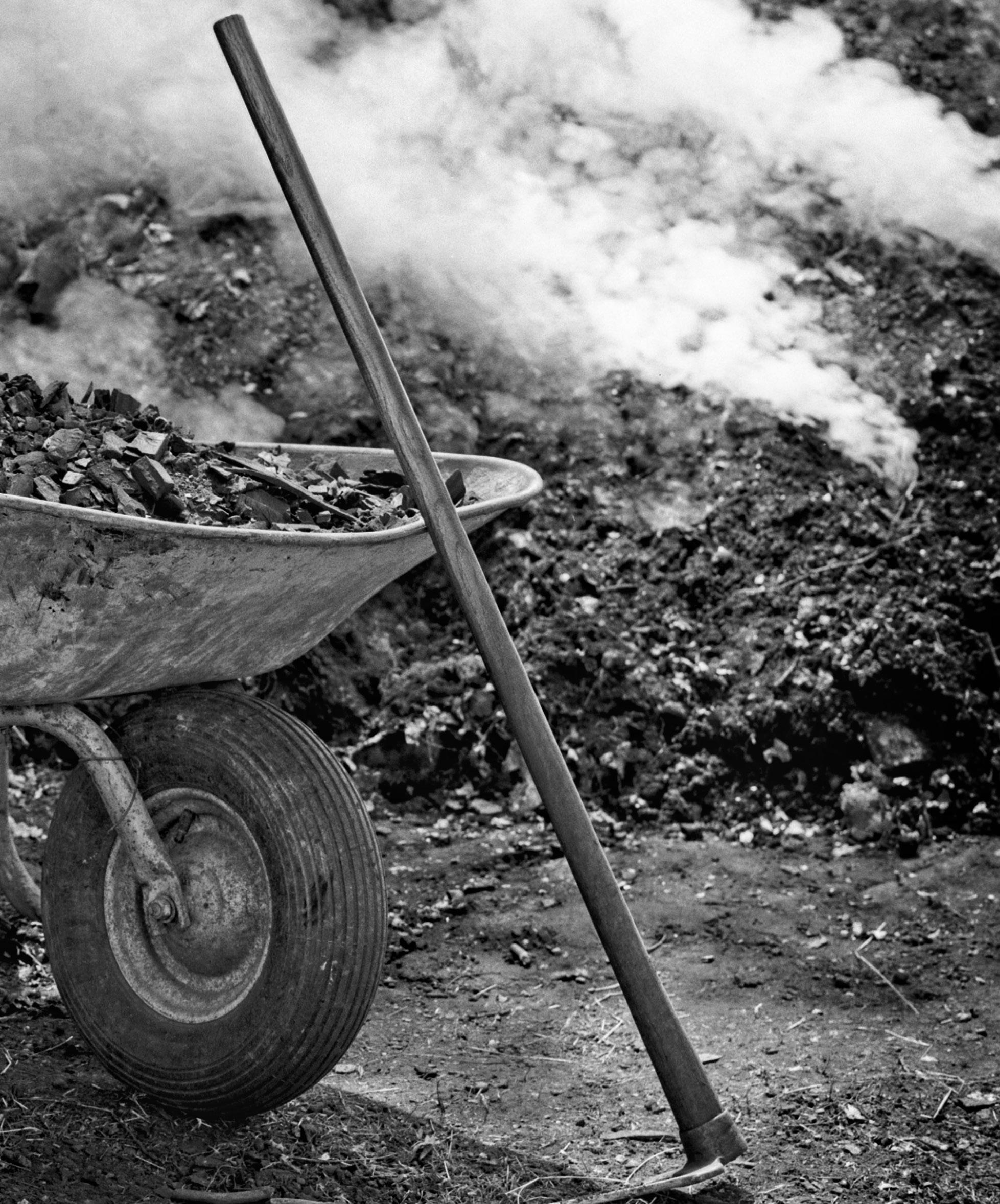
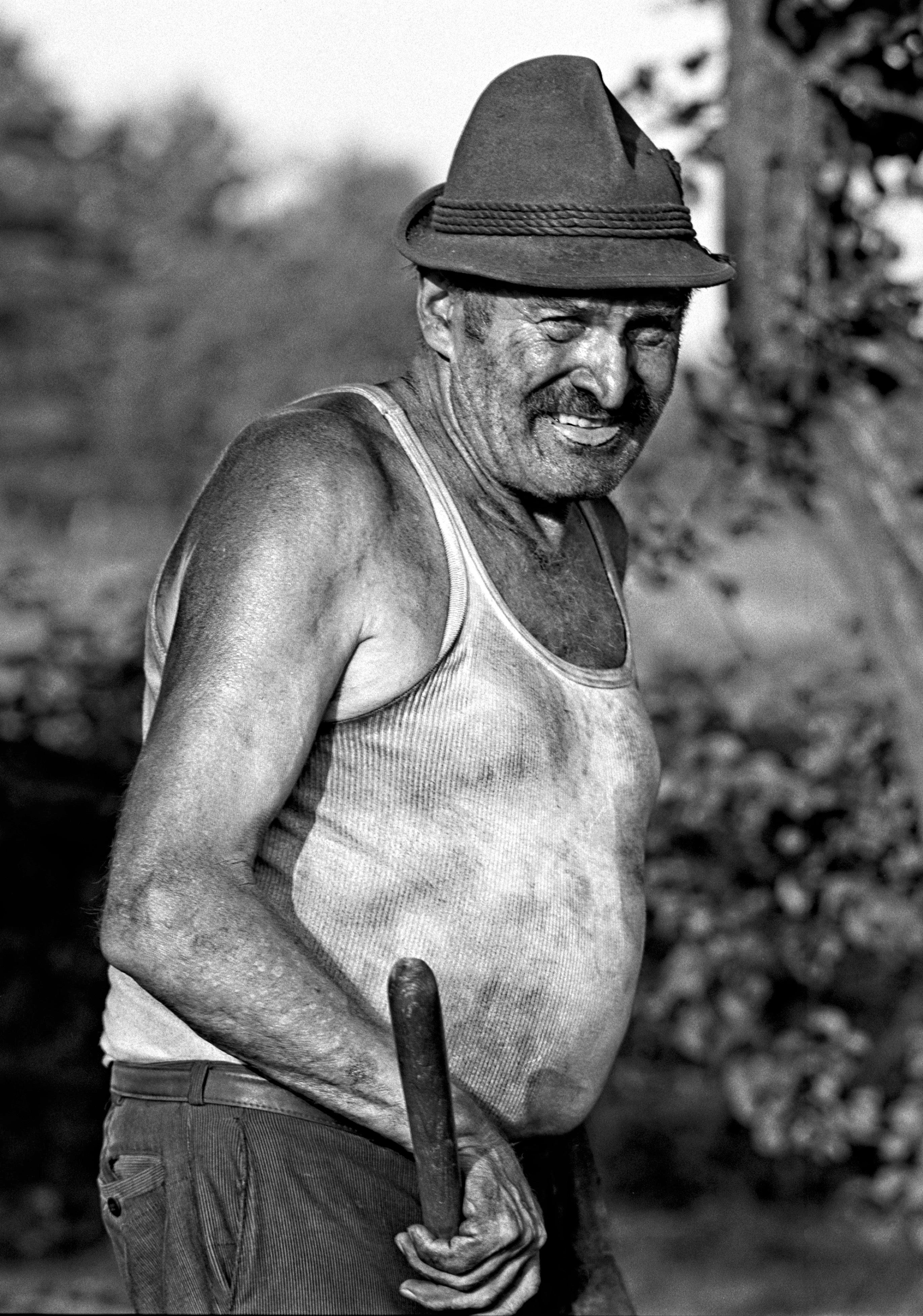
Anthony E. Cutler
ANTHONY E. CUTLER
In his latest photo story, Photographer Anthony E Cutler brings the ancient charcoal-making craft to life. His photos show the dramatic contrasts of the charcoal piles, the swirling smoke, and the focused work of the charcoal burners, giving us a fascinating glimpse into this traditional practice, preserving its legacy and highlighting its cultural and historical importance. It’s a vivid look at a craft that’s still celebrated today.
In the early days of iron smelting, charcoal was the linchpin of the entire operation. The intense heat necessary for smelting iron ore into usable metal could only be achieved through charcoal. This indispensable material was created meticulously, requiring skill and patience, positioning the charcoal burner as an essential team member. The charcoal burner’s responsibilities extended from organising the wood supply to preparing and producing the charcoal pile.
Charcoal’s significance in early industrial processes cannot be overstated. It was a vital component not just for iron smelting but also for various other applications, such as blacksmithing and glass-making. The high carbon content of charcoal made it ideal for these processes, providing a stable and high-temperature burn that was essential before the advent of more modern fuels like coke and coal.
As technological advancements were made, the reliance on charcoal gradually decreased. The development of coke, which could be produced on a much larger scale and at a lower cost, reduced the demand for charcoal. However, there was a brief resurgence in its use during the war years when fuel shortages led to road vehicles being powered by wood and charcoal. Despite this temporary revival, the overall usage of charcoal dwindled to a minimum as new, more efficient energy sources became available.
Today, making charcoal is no longer a commercial necessity but has become a cultural and historical activity. It is often preserved through festivities and events organised by sports clubs and other community groups. These events not only celebrate the history and tradition of charcoal making but also serve to educate and engage the public in an ancient craft.
The process of making charcoal begins with the selection of wood. Beechwood is often preferred due to its high density and relatively low moisture content, which makes it ideal for producing high-quality charcoal. To create charcoal, the wood must be heated to a high temperature in an oxygen-deprived environment, which evaporates the water and other light volatile components, leaving behind almost pure carbon.
lt starts with a pile of logs and needs willing hands.

Preparing the charcoal pile is a critical step in the process. Beechwood logs, each about one metre long, are stacked vertically to form a half-spherical shape. This shape helps ensure even heat distribution throughout the pile. A central chimney, created by leaving a space in the middle of the stack, remains open until the pile is ignited.
lt is a thirsty job watching others work.

The pile stands
Preparing the charcoal pile is a critical step in the process. Beechwood logs, each about one metre long, are stacked vertically to form a half-spherical shape. This shape helps ensure even heat distribution throughout the pile.
A central chimney, created by leaving a space in the middle of the stack, remains open until the pile is ignited.


Once the pile is constructed, it is covered with dried leaves. This layer acts as an initial barrier to protect the wood from direct contact with the soil, which is added next. The soil is packed firmly around the pile to ensure it is airtight. This airtight seal is crucial because oxygen would cause the wood to burn entirely rather than convert it into charcoal. Air intake control is one of the most challenging aspects of charcoal production and requires constant monitoring.

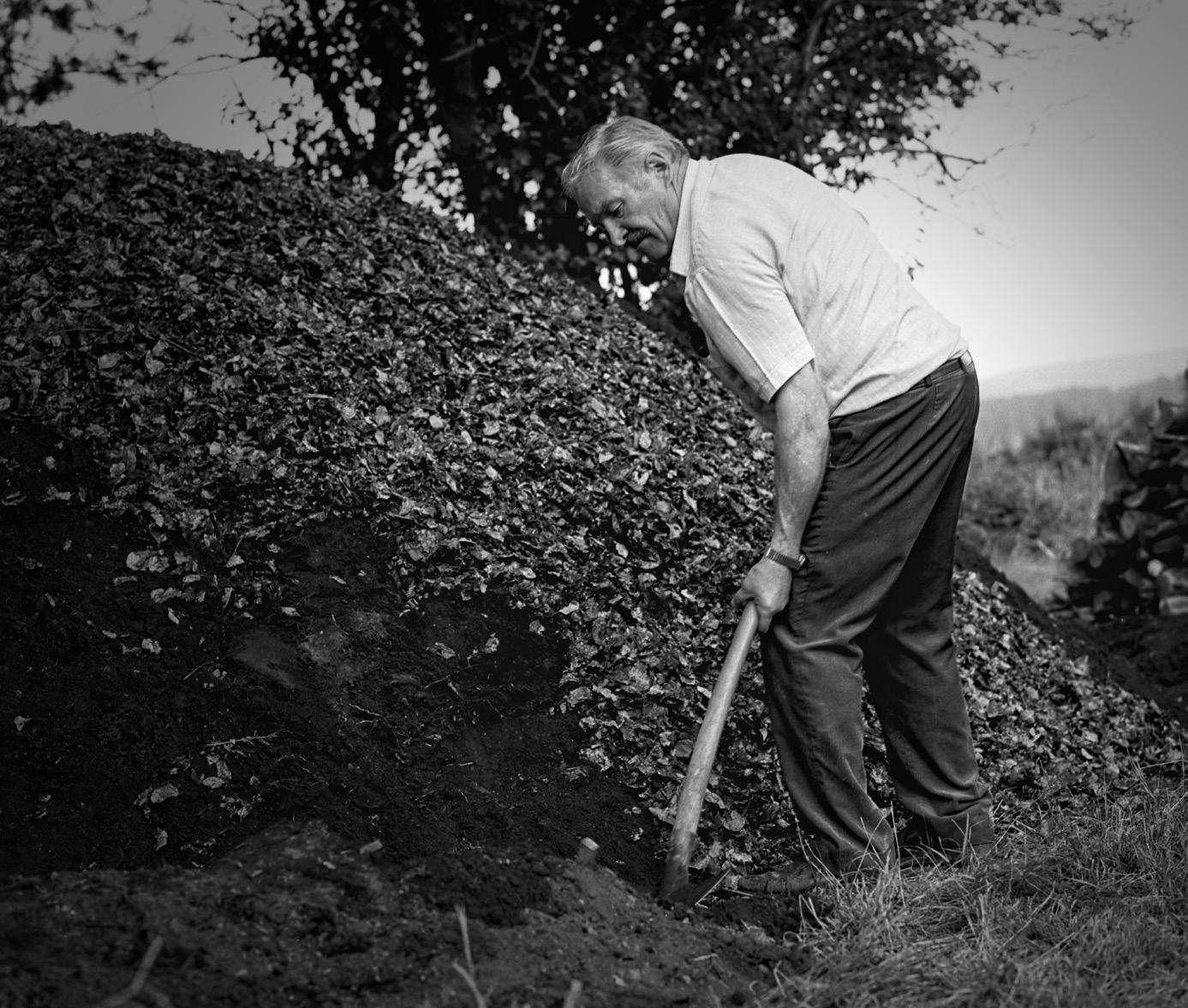


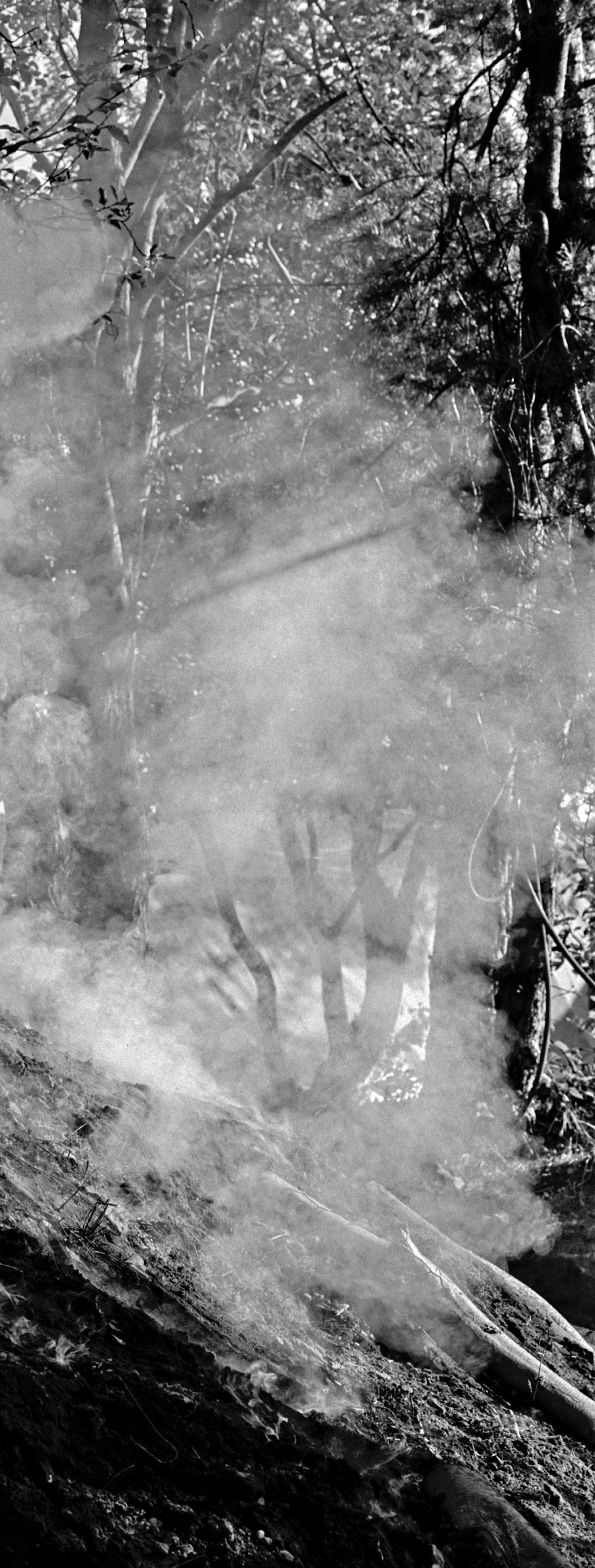
lt is burning well.
Burning charcoal is dropped down the chimney at the centre to ignite the pile. Once the pile is ignited, the chimney is sealed to prevent air from entering. From this point, the charcoal burner must carefully manage the process to ensure the pile neither extinguishes nor burns too quickly. This involves making or closing holes in the pile walls to regulate airflow. Too little ventilation and the fire will go out; too much and the pile will burn too rapidly, destroying the charcoal.
The charcoal burner must also monitor the pressure inside the pile throughout the burning process. Excessive pressure can lead to dangerous blow-outs or even explosions, which can also ruin the batch of charcoal. The burner uses the smoke's colour to indicate the process’s progress. Dense white smoke indicates that the water and volatiles are still evaporating. As the process nears completion, the smoke becomes brighter, almost transparent, and slowly turns blue.
The carbonisation process is nearly complete when the smoke changes to the final colour. All the ventilation holes are closed at this stage, and the pile can cool down slowly. This cooling process can take several days and must be carefully managed to prevent the charcoal from igniting again.

Once the pile has cooled sufficiently, it is opened, and the charcoal is spread out to cool further. The end product is significantly reduced in volume compared to the original wood, typically shrinking to about half the initial size. From 100 kg of beechwood, approximately 30 kg of charcoal is produced. This reduction in weight and volume is due to the loss of water and volatile compounds during the carbonisation process.

Though no longer a commercial necessity, charcoal-making remains an important cultural and historical practice. It is a testament to human ingenuity and the ability to harness natural resources for industrial purposes. The intricate process of charcoal production highlights the skill and knowledge required to produce this vital material.
Preserving this craft through festivals and educational events ensures that future generations can appreciate the historical significance and technical challenges of charcoal making.
Photographers capturing these events find themselves drawn to the striking visual contrasts: the dark, earthy tones of the charcoal piles against the vibrant colours of the surrounding landscape, the billowing smoke, and the intense concentration of the charcoal burners as they manage the delicate balance of heat and air. These images serve as a powerful reminder of the link between past and present, showcasing an ancient craft that continues to resonate in our modern world.


What’s it all about?
Finished at last. Time for a rest.


A beer in the evening anyone?
Through a camera lens, the story of charcoal making is brought to life, preserving the legacy of this age-old practice for future generations to admire and understand.


CHAPTER EVENTS 2023
Monthly Zoom Meeting
13.08.2024
10.09.2024 08.10.2024
12.11.2024
10.12.2024
Links will be provided via email. If you arn’t a member of the DEU Chapter and wish to participate as well, please contact us via the following email: germany@rps.org
For upcoming meetings and events, please visit frequently our Chapter Page on RPS.org.
https://rps.org/germany
CHAPTER EXHIBITIONS
Please revisit our exhibition page for the latest updates!
https://rps.org/chapters/germany/ exhibitions/
Here is an overview of the specific publication dates:
QUARTER 2025: 05.07.2025
The Magazine will be published via email as well as on the RPS’s account on ISSUU.

You would like to submit pictures to the quarterly project “Members Photo work”?
Here is a list of the deadlines for each quarter:
3RD QUARTER 2024: 30.09.2024
4TH QUARTER 2024: 31.12.2024
1ST QUARTER 2025: 30.03.2025
2ND QUARTER 2025: 30.06.2025
Please send us the photos with a minimum resolution of 3000 x 3000 pixels and 300dpi.
For the naming of the photos please use following naming convention:
FIRST3LETTERSOFYOURSURENAME_ QNUMBEROFQUARTER-YEAR_IMAGETITLE.JPG
Each participant is responsible for compliance with the Data Protection Ordinance and the Copyright Act.
Participants please send the photos to the following email: germany@rps.org
After the RPS Journal is published by an external company, the rules for contributions and the recording of events are more restrictive.
As an indication, a lead time of 2 months can be assumed to include articles in the journal.
If events of the German Chapter are published on the Chapter website under the heading Event, they are automatically included in the journal.
Here, the lead time is about one month before the journal’s publication.
Please note this when planning events and articles.
Since the magazine is published by the chapter itself, we are very flexible regarding the time schedule for submitting texts, pictures, and dates for events.
We ask for enough time in advance to avoid complicating the editor’s life.
As a rule, the editor should receive contributions about 30 days before the publication date.
Otherwise, inform us that you need additional time to contribute.
Please take the publication dates from the adjacent column.
